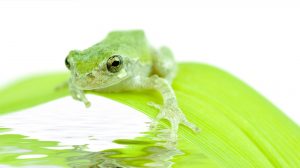Definition
Noun
A gram-negative saprophytic bacterium found normally in the nasopharynx, mouth and upper respiratory tracts in humans.
Supplement
Neisseria flavescens has been found in the epidemic outbreak of meningitis and as a hybrid organism characterized both commensal and pathogenic species. It is pigmented and produce polysaccharide from sucrose which is vulnerable to colistin. It is among the commensal flora of human respiratory tract that rarely cause infections.
Neisseria flavescens has been an uncommon pathogen in human infections like empyema and pneumonia. Infection from this bacterium manifested with sticky pus, high fever and aggravating dyspnea. It is chromogenic and normally non-pathogenic.
Neisseria flavescens rarely implicated in pulmonary infection, meningitis and as causative agent of endocarditis.
Scientific classification:
Kingdom: Bacteria
Phylum: Proteobacteria
Class: Betaproteobacteria
Order: Neisseriales
Family: Neisseriaceae
Genus: Neisseria
Species: Neisseria flavescens
See also:
• Bacteria
• Meningitis
• Endocarditis
Dictionary > Neisseria flavescens
You will also like...

Animal Water Regulation
Animals adapt to their environment in aspects of anatomy, physiology, and behavior. This tutorial will help you understa..

Plant Water Regulation
Plants need to regulate water in order to stay upright and structurally stable. Find out the different evolutionary adap..

The Water Cycle
The water cycle (also referred to as the hydrological cycle) is a system of continuous transfer of water from the air, s..

Adaptation Tutorial
Adaptation, in biology and ecology, refers to the process or trait through which organisms or the populations in a habit..

Plant Biology
Plantlife can be studied at a variety of levels, from the molecular, genetic and biochemical level through organelles, c..

The Origins of Life
This tutorial digs into the past to investigate the origins of life. The section is split into geological periods in the..